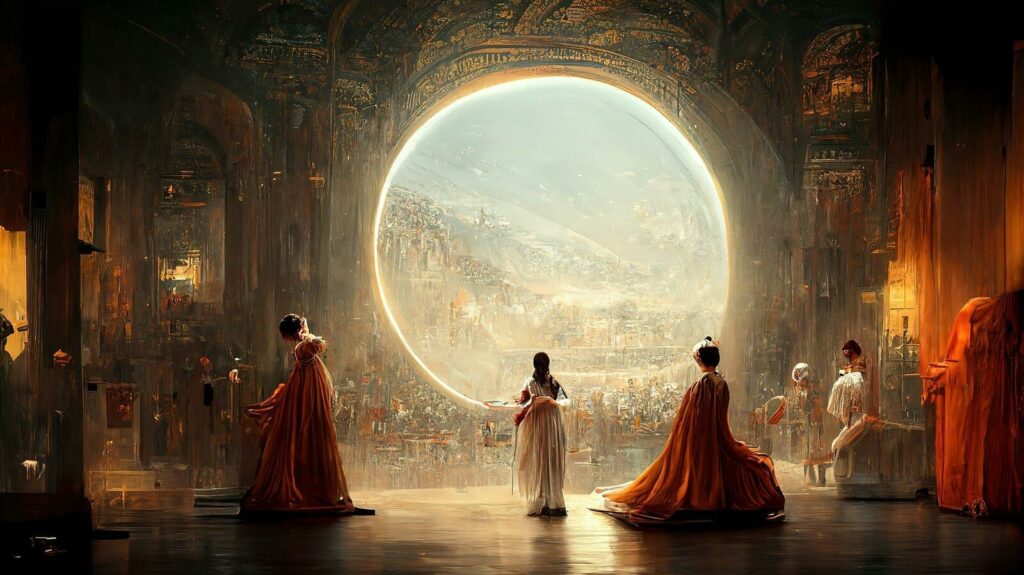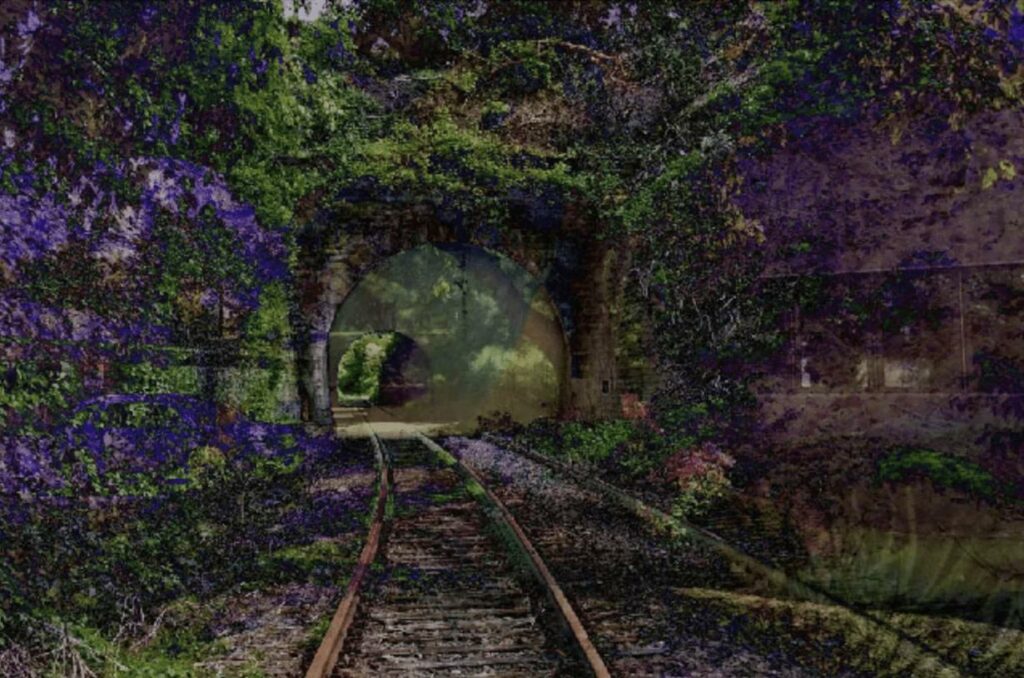Artificial intelligence may be all the rage in Silicon Valley, but it seems to be gaining admirers a bit further south in Hollywood. While many of Tinseltown’s finest are interested in getting AI to work for their studios, no entertainment conglomerate has been quite as gung-ho about the creative potential of artificial intelligence as Disney.
In the midst of its recent dispute with flesh-and-blood actors and writers who come with downsides like having to pay them, the House of Mouse announced it was creating a task force to study the application of artificial intelligence across its business. Of course, this isn’t some blue-sky fantasy. The opening credits sequence of the Disney+ series Secret Invasion was produced with an AI tool to blend characters’ faces together. On one hand, computer programs have been used for this kind of morphing effect since the late 1980s. On the other, the proprietary software used to generate the Secret Invasion sequence required none of the pain-staking frame-by-frame editing the technique usually relies upon, having AI do all the heavy lifting.
In the abstract, this idea of outsourcing art design to AI isn’t such a pipe dream. Text to image generators like OpenAI’s DALL-E and Stability AI’s Stable Diffusion have attracted widespread public attention and discussion for their impressive output. An image created by the platform Midjourney won first place in the Colorado State Fair’s art competition last year. While debates about the ethics of AI art rage on, even hardline AI skeptics can acknowledge that these programs have produced some rather intriguing results.

All of this buzz about the potential of AI implicitly rests on one key idea – that the studio would retain the same exclusive rights to material generated with AI as it does for work made by its employees. However, this idea of an AI-generated ivory tower that would insulate large entertainment concerns from labor issues might be built on a foundation of sand. Artwork is valuable because it’s exclusive –Disney in particular can take credit for stretching the length of copyrights well beyond their original limits.
The recent D.C. Circuit decision Thaler v. Perlmutter might very well amount to a giant monkey wrench in those carefully laid plans. Plaintiff Stephen Thaler applied for a copyright for “A Recent Entrance to Paradise,” a visual art piece created by a proprietary AI platform he developed called the “Creativity Machine.” When Thaler filed his application, he listed the author as the Creativity Machine, but himself as the owner on a work-for hire basis. According to Thaler, he had no direct involvement in the creation of the artwork bar the prompt he gave.

The Copyright Office denied his claim on the basis that the work “lack[ed] the human authorship to support a copyright claim.” On appeal to the D.C. Circuit, the court granted the Copyright Office’s motion for summary judgment, holding that “the understanding that ‘authorship’ is synonymous with human creation has persisted even as the copyright law has otherwise evolved.”
The Thaler decision makes key comparisons to other cases in which non-human actors were ruled to not have any claim to an intellectual property interest.
One key comparison the D.C. Circuit made was to Naruto v. Slater, in which the 9th Circuit ruled the copyright of a selfie taken by a crested macaque did not belong to the animal. While the titular macaque Naruto physically took the photo, the 9th Circuit refused to draw an analogy with a human photographer who carefully picked their frame and lighting and a monkey pressing a button without any knowledge of what it was doing. Likewise, can an AI ever be said to “understand” that it’s putting out creative work? Congress never envisioned the copyright system as applying to anything but human beings who know they’re expressing themselves.

Another interesting case cited in the Thaler decision is Kelley v. Chicago Parks District, in which the 7th Circuit ruled that the growth pattern of flowers in a garden was not copyrightable. An easy analogy can be drawn: much in the same way the plaintiff in Kelley cannot take authorship credit for the particular beauty of the flower arrangement for merely planting the seeds, neither can a user of a service like DALL-E make a claim after providing the program with a text prompt and letting it go to work.
In any case, the decision clearly grants a green light to the Copyright Office to deny similar applications for the time being. So what does this mean for Hollywood’s AI future? If the Thaler decision becomes a model for further courts reviewing copyright challenges, it may very well become impossible for the work product of generative AI platforms like ChatGPT or Midjourney to ever receive the protection of copyright. In an era where both studios themselves and their investors measure their worth in the amount of intellectual property they have access to, AI work will seem like a pretty lousy deal if it isn’t property at all. The threat of replacing a rebellious writer or visual effects artist with AI rings a lot more hollow when incorporating that work threatens the output’s chances of receiving copyright protection.
Even absent Congressional action – which may very well be forthcoming after the Senate’s recent hearings on the topic – it’s not inconceivable the Thaler decision might pump the brakes on Hollywood’s nascent love affair with all things procedurally generated for now. There certainly is a future for AI as a creative tool, but it likely will never be the silver bullet for labor issues that Disney might be hoping for.
